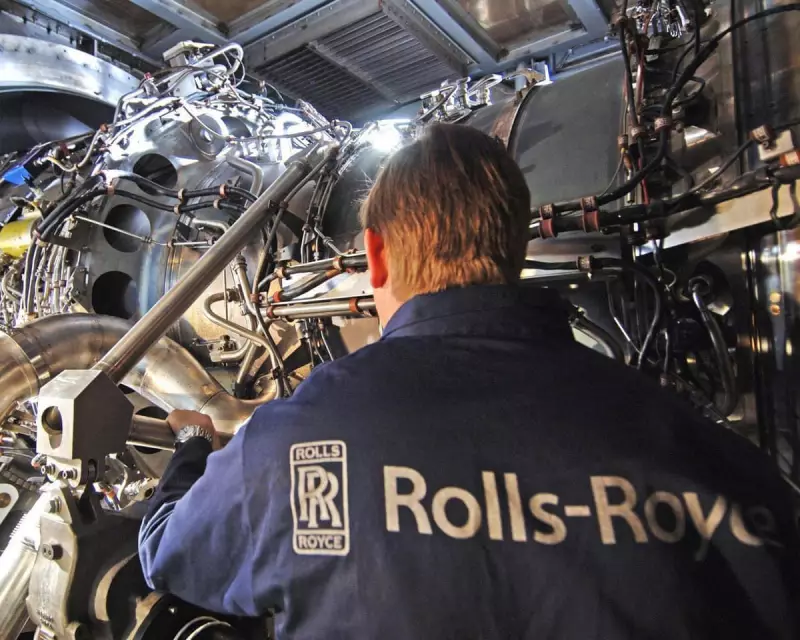
Rolls-Royce has delivered a stellar financial performance, with soaring profits fuelled by surging demand for its jet engines. The British engineering giant's latest earnings report has sent its shares climbing, marking a significant turnaround for the company.
Engineering Success Takes Flight
The company's civil aerospace division, which produces engines for commercial airliners, has been the primary driver behind this impressive growth. As global air travel continues its post-pandemic recovery, airlines are investing heavily in new aircraft and maintenance services.
Financial Highlights
- Operating profit increased by 42% year-on-year
- Civil aerospace revenue up by 28%
- Defence division maintains steady growth
- Power systems business shows strong performance
Analysts attribute this success to several factors, including Rolls-Royce's innovative engine technology and its lucrative aftermarket services. The company's Trent engine family remains particularly popular with major aircraft manufacturers.
Market Reaction
Investors have responded enthusiastically to the news, with Rolls-Royce shares experiencing their biggest single-day jump in three years. The stock's performance has outpaced the FTSE 100 index, making it one of London's top performers.
"This is exactly the kind of momentum we've been waiting to see," commented one leading aerospace analyst. "Rolls-Royce is finally reaping the rewards of its strategic restructuring and technological investments."
Future Outlook
The company has revised its full-year guidance upwards, anticipating continued growth in both commercial and defence sectors. With major aircraft orders in the pipeline and military contracts expanding, Rolls-Royce appears well-positioned to maintain this upward trajectory.
Industry observers will be watching closely to see if the company can sustain this performance amid ongoing global economic uncertainties and supply chain challenges.





